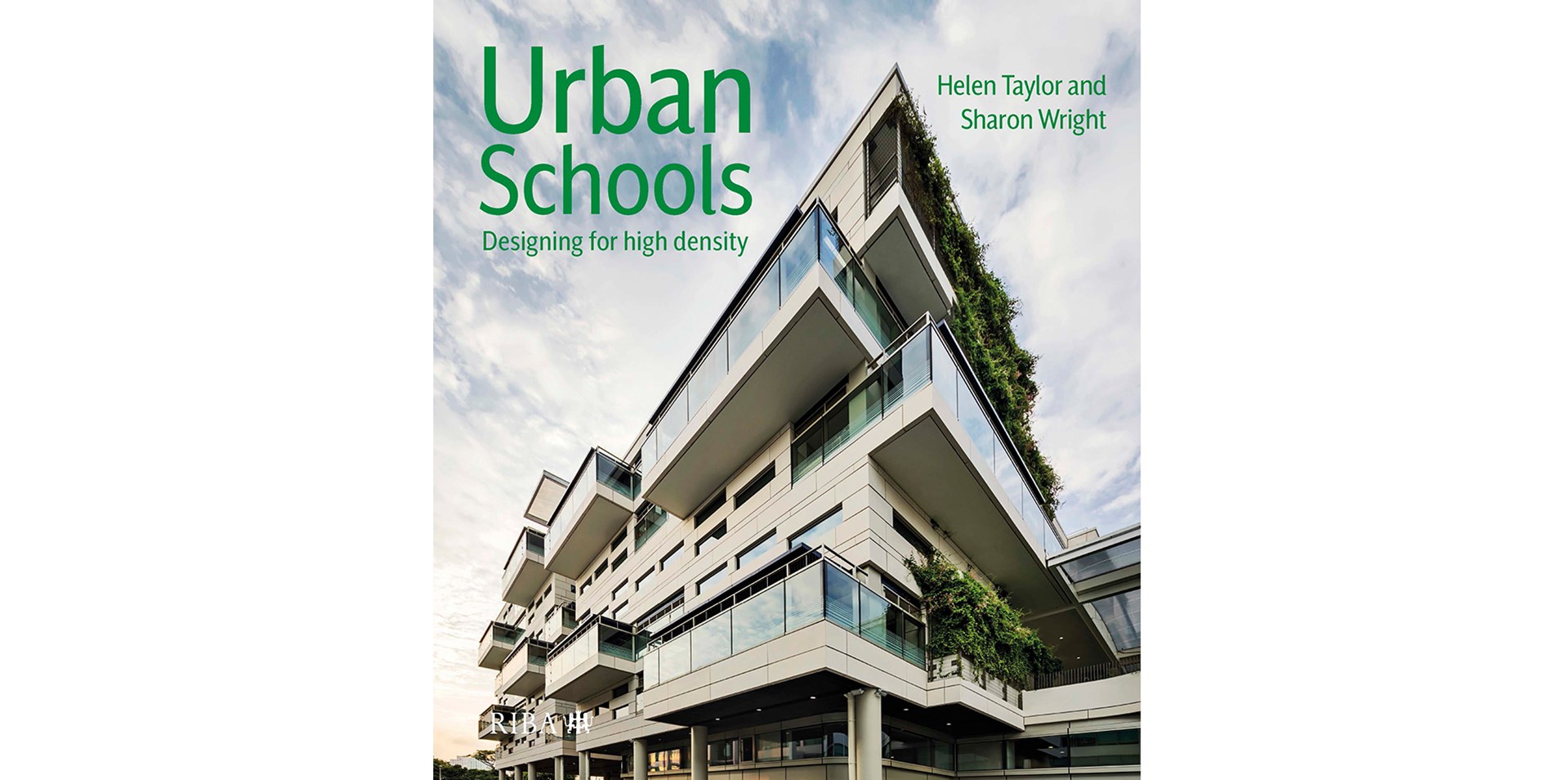Urban schools and how to design for high density



Our cities are facing challenges in how to accommodate an increasing population. More school places are needed than ever before but land is in short supply and funding can be limited. In our upcoming book Urban Schools : Designing for High Density we explore how the city can continue to provide the best education experience for children when space is tight.
As a sector we are working hard to deliver more for less. This includes making the most of smaller sites through creative design, repurposing existing buildings, and finding new ways to build schools using cost effective materials and modern methods of construction. We are not suggesting that these new approaches are easy options and, in many cases, they would not be the preferred choice of how to accommodate school places. However, with a thoughtful collaborative approach, innovative design solutions and well considered external play space, they can provide excellent spaces for high quality education.
In the book a series of experts examine how we view the issues of delivering education within the city. Case studies from around the world, as well as historic examples, are used to explore the educational, architectural, planning, construction and regulatory context that is driving this new wave of school designs.
Our intent is to share the successes and help the education design world learn the key lessons to enable them to deliver new solutions that meet the needs of children now and in the future. In doing so we have identified the opportunities and challenges for integrating these new approaches into the city. We hope this book will be useful to educators, designers and policy makers as they look for new ways to tackle the challenges ahead.
We concluded that it is important that the schools we are building enhance the urban fabric of the cities in which they sit. There are fantastic possibilities but also challenges that we need to address collectively if we are to successfully deliver new types of educational architecture. If we truly want to deliver the best possible learning spaces, we need to move away from a fixed view of what a school is. Radical change is already evident. Technology can support 24/7 learning in a variety of settings. Schools can think differently about how they organise and deliver the curriculum. Buildings can be transformed from offices and shops to have a new educational purpose.
That said, there are issues which impact design that we need to explore further. Schools are not just academic factories but places where young people engage and gather a wide range of experiences that will inform and equip them for adult life. Safeguarding will always be a priority for schools, even to the point that it can blinker us to new solutions. The ability for students to socialise and learn in outdoor spaces is increasingly recognised as important for their wellbeing and should be a priority but rarely is. When budgets are tight we should not be delivering buildings that will be expensive to run or maintain either now or in the future.
We identify several key themes around which to focus future discussions including : the need for educational and design innovation to move forward in tandem; the challenges of how we construct new schools on tight urban sites; the potential of harnessing technology appropriately to allow more flexible approaches to learning in the city; and how we might best use school external areas and enable access to parks and open spaces to provide enriching educational and social experiences for young people.
The collective drive to enhance the experience for the child and improve their environment ensures our educators, designers, and builders will continue to collaborate and innovate regardless of economic and political context. Our policy makers can support this important ambition by ensuring that the procurement and legislative context enables these new approaches.
We also recognise that questioning how education can be delivered to better serve communities is a subject that is relevant beyond urban environments. Around the UK there are excellent examples of co-location of schools on less constrained shared sites. These approaches not only make best use of available land, they also serve a range of additional purposes. A secondary school sharing its building with a Further Education College can ensure young people can access vocational education more effectively. Small rural schools can come together to provide a wider range of specialist teaching than they could deliver individually. Bringing schools of different faiths onto one site can lead the way in creating understanding and common space for divided communities.
Education is dynamic and will continue to change and be influenced by its location and political context. This book does not assume that every site or existing building can accommodate a mixed use development or high rise school but rather challenges our thinking about how we can continue to find new solutions in our cities.
Visit the RIBA website to pre-order Helen Taylor and Sharon Wright's new publication.
This article was originally published for Education Design & Build magazine. Click to view the original article.
You're looking for exceptional architecture. We're looking for exceptional projects. Let's start a conversation
Enquire